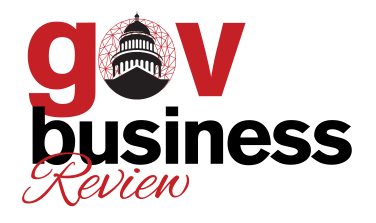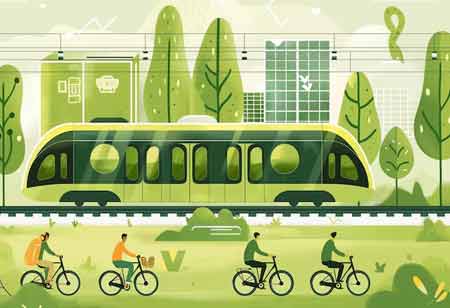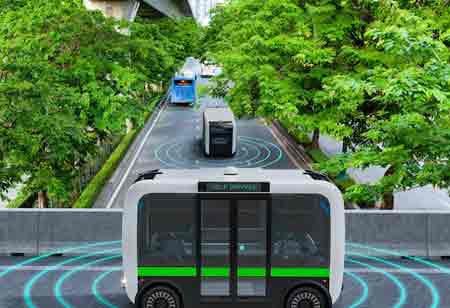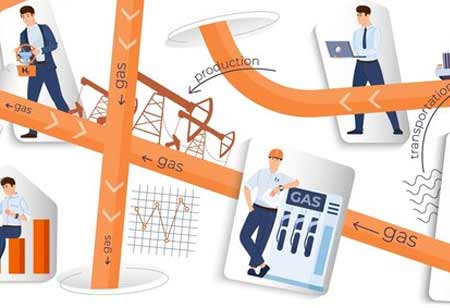Thank you for Subscribing to Gov Business Review Weekly Brief
How to Use Traffic Data Effectively to Improve Traffic Flow in Smart Cities
Traffic congestion has become a serious issue for municipalities as 55% of the world's population now lives in urban areas.

By
Gov Business Review | Monday, June 26, 2023
Stay ahead of the industry with exclusive feature stories on the top companies, expert insights and the latest news delivered straight to your inbox. Subscribe today.
Traffic data can be used by municipalities to optimize road logistics and routes in real-time to manage traffic congestion. According to a McKinsey study, commute times can be cut by 15-20%. Intelligent synchronization of traffic signals, variable speed limits, and real-time alerts advising the fastest route can be used to prevent congestion.
Fremont, CA: Traffic congestion has become a serious issue for municipalities as 55% of the world's population now lives in urban areas. Cities must prepare with practical traffic solutions as this figure is expected to skyrocket to 68% by 2050. Optimizing transportation logistics and reducing congestion are two ways in which smart cities are offering long-term visions for managing traffic. A number of ways are being used to manage traffic in urban areas by using data from connected cars and other traffic data sources.
Reducing Traffic Congestion
Traffic data can be used by municipalities to optimize road logistics and routes in real-time to manage traffic congestion. According to a McKinsey study, commute times can be cut by 15-20%. Intelligent synchronization of traffic signals, variable speed limits, and real-time alerts advising the fastest route can be used to prevent congestion.
Parking
A city's traffic is attributed to 30% by people looking for parking, according to research. In addition to intelligent parking planning, open space detection, and automated payment, real-time traffic data from connected cars can also be used for parking applications. In addition to reducing traffic congestion, smart parking solutions reduce the number of cars driving around the block in search of a parking spot.
Safety and Emergency Situations
There are many factors that contribute to traffic congestion, such as accidents, inclement weather, and emergency situations. It is possible to reduce car accidents by using big data from connected cars. To mitigate dangerous situations, drivers can receive alerts about varying speed limits, variable signaling, and adaptive signaling. A more rapid response to emergencies can help prevent traffic jams by clearing hazards more quickly.
With Waycare, an Otonomo partner offering real-time traffic data for emergency situations, the Nevada Highway Patrol was able to improve accident identification, response times, and cross-agency collaboration. Traffic accidents were reduced by 17%, and response times to incidents were sped up by 12 minutes.
Transit Planning
Cities are investing in technology to improve mass transit, increase ridership, and manage traffic better. Cities can use big data to not only plan more efficient routes, but also maintain a smooth operation, further reducing traffic congestion. Transit workers and riders can be notified of delays in real time by using traffic data.
Urban Planning
The key to ongoing traffic management is planning for the future of urban areas. San Francisco and other large cities are leveraging big data to plan further infrastructure and development that will mitigate congestion. The use of location intelligence can help growing cities plan better zoning and map more efficient road systems.
The data collected from cars can also be used to develop temporary urban policies. Tactical urbanism promotes active travel with dynamic and interim measures.
See Also : Data Center service provider






